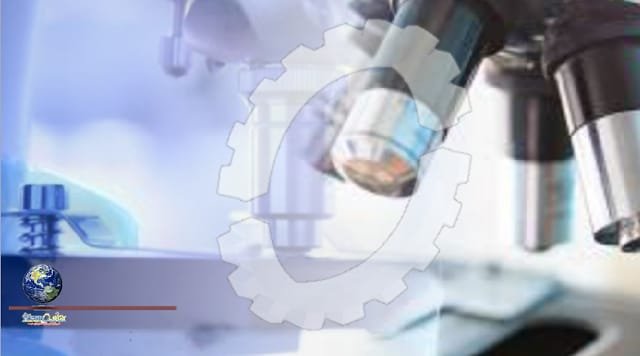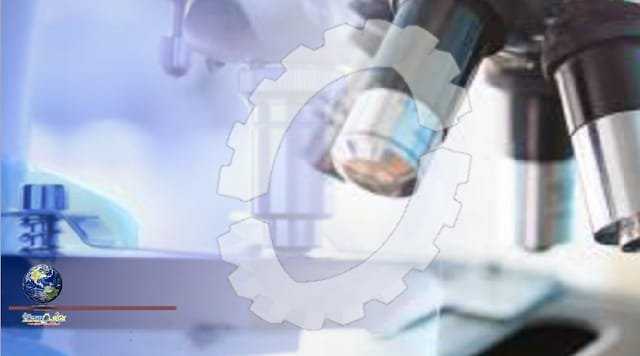To get to the places where they are needed, immune cells not only squeeze through tiny pores. They even overcome wall-like barriers of tightly packed cells. Scientists at the Institute of Science and Technology Austria (ISTA) have now discovered that cell division is key to their success. Together with other recent studies, their findings published in Science magazine give the full picture of a process just as important for healing as for the spread of cancer.

Imagine a stone wall in the countryside. Tightly packed, one stone sits on top of the other filling the tiniest gaps. A seemingly unbreachable obstacle. On their way throughout the body to fight infections, immune cells face such barriers in the form of cell-dense tissues. To do their job as the body’s rescue service, they need to find a way through. In a recent study, scientists from ISTA’s Siekhaus group together with collaborators from the European Molecular Biology Laboratory (EMBL) and three students from a local High School, took a close look at how this happens in fruit fly embryos.
During the development of these tiny, transparent animals, macrophages, the dominant form of immune cells in fruit flies, infiltrate tissues. Using high-end microscopes, the scientists were able to follow their journey. “The macrophages arrive at the wall and look for the right place to enter,” explains Maria Akhmanova, until recently a postdoc at Daria Siekhaus’ research group and first author of the study.
Cues that guide the macrophages have directed them to the right spot. There, the pioneer macrophage, the first cell to move in, is waiting. Suddenly, a part of the wall starts to move. The cell right in front of the macrophage rounds up, preparing to divide – a normal part of its cell cycle. “This is what the pioneer has been waiting for,” says Akhmanova. Moving its cell nucleus ahead, the pioneer cell now pushes forward while all the other macrophages follow in its tracks. As the Siekhaus group also recently discovered, to break through the pioneer gets an extra boost of energy through a complex process governed by a newly discovered protein the scientists named Atossa. Furthermore, the scientists learned that to shield their sensitive nucleus from damage, the macrophages develop protective armor made from actin filaments.
By precisely inhibiting, slowing down, and speeding up the division specifically of the flanking tissue cells, the researchers were now able to prove that the crucial component that allows immune cells to enter is in fact surrounding cell division. As it rounds up to prepare for division, the tissue cell at the entry site loses some of its connection points to its surroundings, the researchers observed through live imaging. In collaboration with the De Renzis lab at EMBL, the researchers also artificially induced rounding through a cutting edge technology using light to induce genetic changes. This wasn’t sufficient to get the macrophages to enter.
Source: This news is originally published by medical
